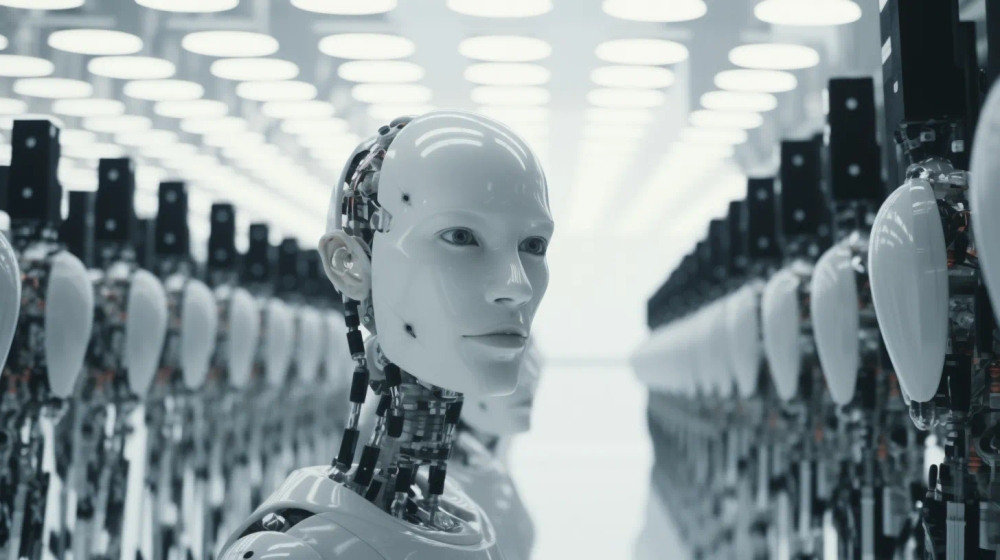Published
- 3 min read
OpenAI's Recent Turbulence: What It Means for You

In the world of artificial intelligence developing at a stellar pace, OpenAI has been synonymous with cutting-edge innovation and significant advancements. However, recent events have cast a spotlight on the internal dynamics of this AI powerhouse, particularly its relationship with Microsoft, and raised questions about the future of AI development and its implications for users like you.
The Heart of the Matter
The drama unfolded with the temporary departure and subsequent return of Sam Altman to OpenAI. This episode has sparked discussions about the organisation’s readiness to transition from a non-profit entity focused on open-source development to a commercial powerhouse. The core of OpenAI’s mission, to develop AI for the benefit of humanity, seemed momentarily overshadowed by internal governance issues.
The Genius Behind the Scenes
Central to OpenAI’s success story is Chief Scientist Ilya Sutskever. His role and decisions, particularly regarding Altman’s brief exit, are crucial to understanding the direction OpenAI is taking. AI experts unequivocally acknowledge Sutskever’s pivotal contributions to OpenAI’s leadership in the AI space. The future health of OpenAI, post-Altman’s return, largely depends on the dynamics between Sutskever, Altman, and other key figures within the organisation.
Microsoft’s Strategic Position
Microsoft emerges as a significant beneficiary amidst this turmoil. The close alignment between OpenAI and Microsoft, especially following Altman’s involvement with Microsoft, suggests a smoother future collaboration. This partnership gives Microsoft a substantial edge, particularly with its perpetual license to the GPT source code. For you, this means a more robust and integrated AI offering within the Microsoft ecosystem.
The Competitive Landscape
The situation at OpenAI has also opened discussions about the potential for competitors like Google or AWS to make inroads in the AI domain. However, we believe OpenAI, backed by Microsoft, will maintain its leadership. This dominance is attributed not just to technology but to the talent at OpenAI, a critical factor that Google and AWS seem to be lagging in.
Implications for Enterprise AI Strategy
For businesses and enterprises relying on AI, this development is less about corporate drama and more about the practicalities of AI integration and usage. Many enterprise leaders see AI models and services as portable and adaptable. The current view is that OpenAI’s GPT models remain best-in-class, unaffected by the internal reshuffling. This perception reinforces the continued reliance on Azure/OpenAI for AI solutions.
Looking Ahead
As we enthusiastically watch these developments 🍿🍿🍿, we can focus on how these changes in AI leadership and partnerships may affect the AI tools and services market.
The key takeaway is the reinforced strength of the OpenAI-Microsoft partnership, promising a robust and innovative AI offering in the Microsoft ecosystem. For those deeply invested in AI’s future, keeping a close eye on talent movements and technological advancements within these leaders will be crucial in understanding and leveraging the full potential of AI.